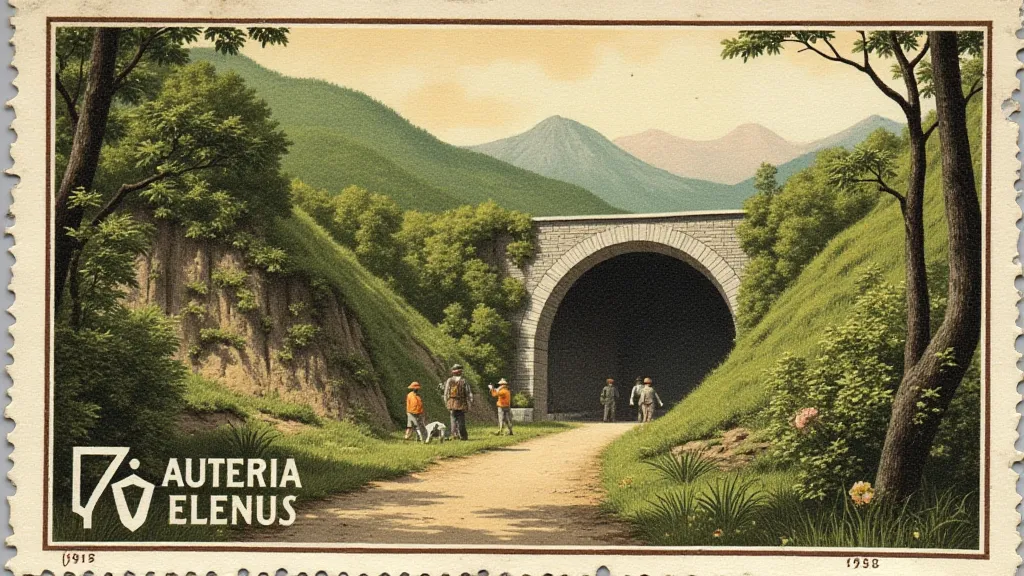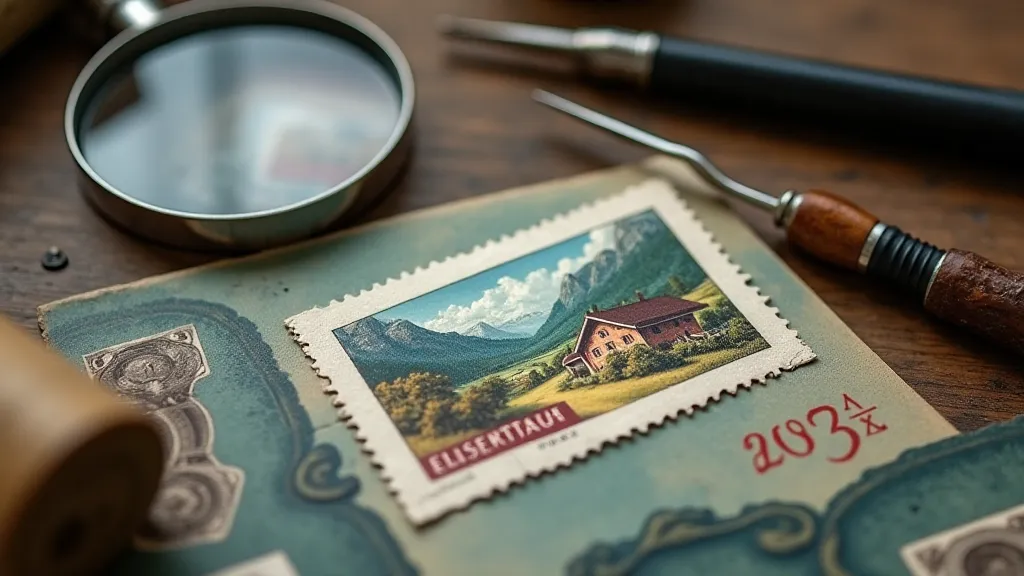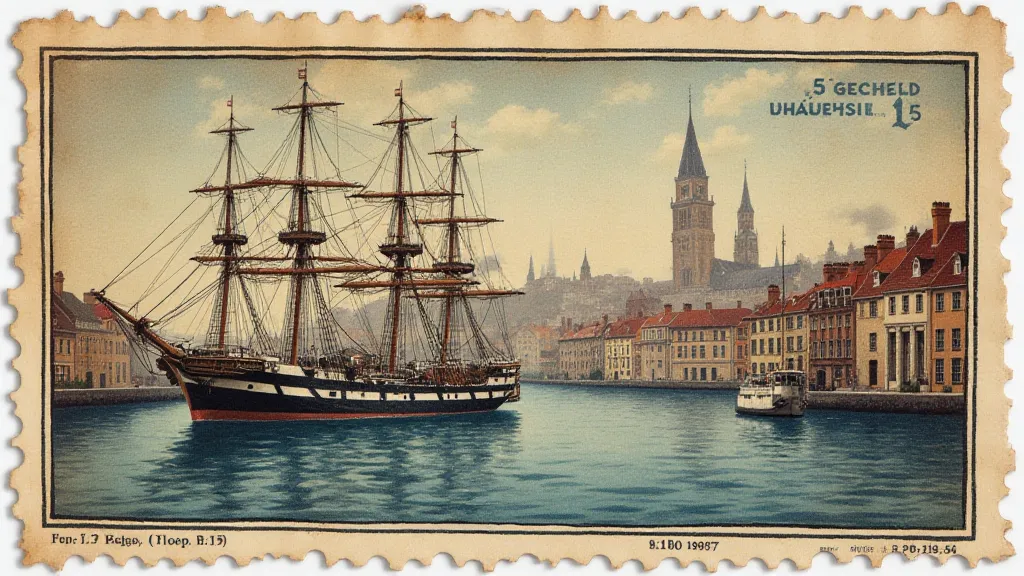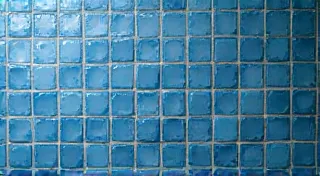The Cartography of Memory: How Stamps Preserve Vanished Landscapes
There's a peculiar magic held within the tiny squares of vintage postage stamps. We often think of them as mere tools for conveying mail, relics of a bygone era of correspondence. But to the serious collector, the philatelist, they are so much more. They’re miniature works of art, historical documents, and, perhaps most poignantly, cartographic time capsules, preserving images of landscapes that have vanished, irrevocably altered, or simply ceased to exist as they once were.
My own fascination with stamps began not with a desire for profit or a thirst for rarity, but with a faded, sepia-toned image. It was on a 1908 stamp from Austria-Hungary, depicting the Salzbergwerk Eisenerz iron mine in Styria. My grandfather, a man of few words but boundless knowledge of the natural world, pointed it out to me, explaining how the mine had been a vital artery of the region, providing employment and shaping the landscape. He’s since passed, but I’m left with a profound appreciation for the stories these little pieces of paper hold.
Lost Worlds in Miniature
The ability of stamps to capture fleeting moments in history is remarkable. Think about it: a nation, eager to project an image of progress and prosperity, commissions an artist to create a design. That design, forever immortalized on millions of stamps, becomes a visual record for generations. But what happens when the landscape depicted in that image is gone? It isn’t just a matter of buildings changing; it’s the loss of entire ecosystems, the reshaping of coastlines, the erosion of mountains.
Consider the stamps of old Prussia. Many depict the Spree River, flowing through Berlin, its banks lined with lush forests and pastoral scenes. Today, the Spree is channeled, contained, its natural beauty diminished by urbanization and industrialization. The stamps offer a glimpse into a world that has been substantially lost, a reminder of the impact of human activity on the environment. The detail is astonishing - the subtle hues of the vegetation, the architectural styles of the buildings, the very feel of a place, all captured with surprising fidelity within the limitations of the printing process.

The Craftsmanship of Memory
The process of creating these stamps was a complex interplay of artistic skill and technological innovation. Engravers, often master craftsmen, painstakingly carved designs onto copper plates, replicating the images with remarkable precision. The printing techniques themselves evolved significantly over the decades, from the early woodcuts to the sophisticated photogravure processes of the 20th century. The quality of the paper also mattered; the texture and absorbency affected the vibrancy of the colors and the overall appearance of the stamp.
Collecting these stamps isn’t just about acquiring pretty pictures; it’s about appreciating the artistry involved in their creation. It’s about understanding the historical context in which they were produced, and recognizing the cultural values they represent. A seemingly insignificant stamp can offer a window into the social, economic, and political climate of a particular time and place.
Beyond the Pictures: Condition, Rarity, and Value
Of course, the value of a vintage stamp isn’t solely determined by the landscape it portrays. Condition plays a vital role. A pristine stamp, with vibrant colors and undamaged perforations, will be worth considerably more than a heavily used and worn example. Rarity also factors in; stamps issued in small quantities or those with printing errors can command high prices. However, for me, the true value lies in the story the stamp tells, regardless of its monetary worth.
Interestingly, preservation techniques echo the care given to antique maps. Archival storage, avoiding direct sunlight and humidity, is essential. Using acid-free albums and glassine envelopes helps prevent degradation. While restoration is possible – gently cleaning dirt and rehydrating faded ink – it's a delicate process best left to specialists, as improper handling can damage the stamp irrevocably.

A Poignant Reminder
The beauty of these vanished landscapes on stamps isn’t just aesthetic; it’s profoundly moving. They serve as a poignant reminder of the ephemeral nature of our world and the consequences of unchecked progress. To hold a stamp depicting a pristine coastline, knowing that it has been eroded by rising sea levels, or to see a thriving forest that has been replaced by sprawling urban development, evokes a sense of loss and a renewed appreciation for what remains. These aren't just objects of curiosity, but melancholic witnesses to a changing world.
Moreover, these stamps encourage us to reflect on our relationship with the environment. They prompt us to consider the impact of our actions and to strive for a more sustainable future. They act as a visual plea to protect the landscapes that are still with us and to preserve the memory of those that are lost.
More than Just Collecting: A Connection to the Past
Philately, the study of stamps, is often viewed as a niche hobby. However, it’s so much more than just collecting. It’s a journey through history, a celebration of artistry, and a powerful reminder of the fragility of our planet. It's a tangible link to the past, allowing us to connect with the people and places that have shaped our world. My grandfather’s passion has instilled in me a deep reverence for these miniature windows to a disappearing world. And, perhaps, a deeper understanding of how fleeting even the most substantial of landscapes can be.






